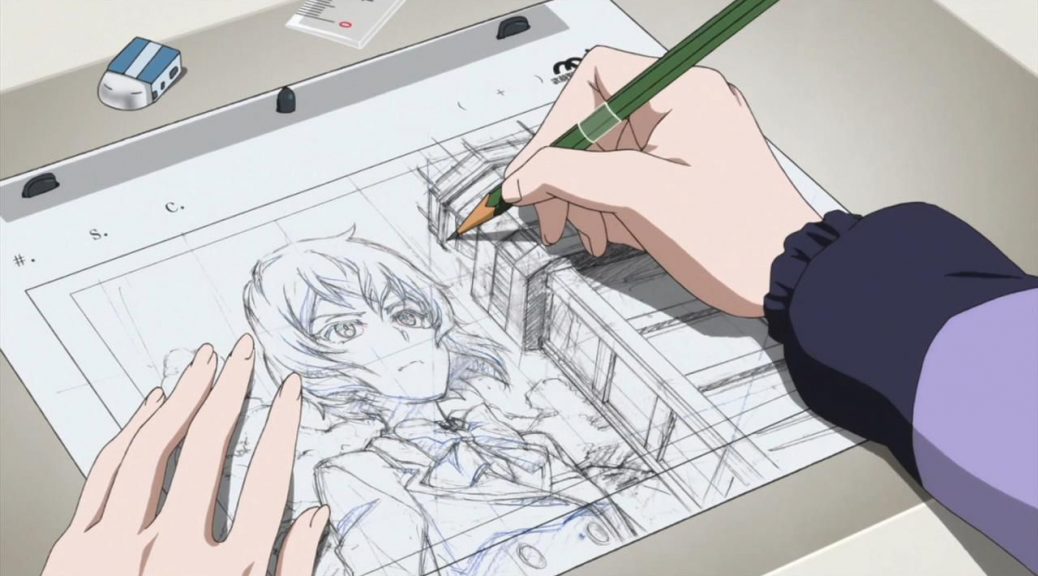Just How Anime is Made
Have you ever asked yourself exactly how anime is made? For a lot of us, anime production is all smoke and also mirrors. The range between the principle art and also the ended up work of art is the length of a common 12-week season. Fact be told, unless you're fluent in Japanese, the manufacturing process regulating Japanese computer animation is shrouded in secret. Attempting to get more information will lead you down a bunny opening of terms like key animator, in-between animator, computer animation director, episode director, art supervisor, and also personality designer. Exactly how anime is made in Japan is really different from how you would assume; many times, it is far more of a liquid (read: disorderly) procedure than you would expect.
The Art of Computer animation
Computer animation manufacturing is a messy, messy event. Chaotic organizing, ground timelines, missed target dates, and also widespread inexperience are all job-related threats any individual operating in a tiny, start-up environment is well-acquainted with.

Anime is also a labor of love as well as one that requires the talents of lots of people, as well as the perseverance of a pick couple of. Besides, it is one that needs numerous, many actions. The success of also one episode is no tiny task, as well as one bad move can have alarming repercussions for the whole production. Dig deeper and also you'll discover production schedules and color-coded checklists that are the stuff of headaches. Numerous spread sheets, many trademarks.
I'll do my finest to provide an extensive review of the process, describing the significant actions as well as the significant players. In doing so, I hope to show how hard it is to make a decent anime, let alone a great one, while reigniting your love for the medium. Above all, apologies beforehand for any type of mistakes or errors; I am, by no means, a professional on anime production.
The Manufacturing Refine (i.e. Manufacturing Pitfalls).
Pre-production.
This is the planning as well as funding stage. The anime production company (e.g. Aniplex, Bandai Visual, Kadokawa Shoten, Pony Canyon, Sony, Toho, Viz Media) is in charge of fronting prices for staffing, broadcasting, as well as distribution. Fundamentally, they pay studios to make it, television stations to air it, and the licensor to distribute it locally and worldwide. Most importantly, they gather the make money from the sales. Sometimes, several production business are associated with a single anime. Studios (e.g. A-1 Pictures, Bones, J.C. Team, Kyoto Computer Animation, Madhouse, Production I.G, Studio Ghibli, Trigger) are the ones who staff, pay, as well as create the real anime. If the anime is an original suggestion, the studio will certainly often help front the costs.
Assembling the Team.
The director is the innovative executive and is, usually, the one that personnels the program. When it concerns staffing, each studio works differently. Some have full-time internal animators, colorists, editors, as well as manufacturing workdesks, while others will have a permanent group of core individuals from each division and a large network of freelancers. Then there are the workshops that contract out the job totally to freelancers.
Storyboards.
The supervisor is usually website in charge of the storyboards, too. In long-running TV-anime, as opposed to seasonal anime, storyboards generally are up to various storyboarders. In an ideal world, the storyboards would be completely ended up prior to an episode enters into production. This would certainly offer the rest of the personnel the chance to expand a natural, completely recognized story; nonetheless, that seldom ever happens, and also usually episodes are in-production as the storyboards are still being worked out. It's a problem, truly.
Layouts.
Next up is formats. Under the supervision of the supervisor, episode director, and sometimes manufacturer, the design director will certainly fill out the details for cuts (scenes, usually established by the use a single history). This includes organizing the main computer animated photo or "cels" (displayed in cozy shades) against the backgrounds (received cool shades) with descriptions of just how the electronic camera ought to relocate. To put it simply, the layout supervisor is framing each cut as well as looking at general composition.

Computer animation.
As soon as layouts are done, the manufacturing aide gives them to the vital animators. They're the ones who bring the pictures to life. The finished cuts then most likely to the episode's computer animation director, that look for consistency and top quality. If the cuts obtain the stamp of approval, they most likely to the in-between animator. This job is usually outsourced to much less seasoned animators with more affordable prices. The in-between structures are sent to the in-between supervisor to make certain they are consistent with the top quality as well as frames of the vital animation. If a cut is rejected at any kind of stage, it is sent back for alterations.
Digitized.
Lastly, once the computer animation is done, the coloring group, monitored by the shade designer, digitizes, cleanses, and shades the cuts. At this point, the cuts are described as cels (or digicels). The colorist places the colored cels versus the background art (as defined in the formats) and includes any 3DCGs under the supervision of the 3DCG manager. The last of in-production is shooting, in which make-up, special impacts, and also editing are completed.
Post-Production.
With completion in sight, the production aide sends out the last cels to the recording director for post-production. The recording director looks after the "dubbing" procedure in which the post-production teams add in the voice acting, audio results, and music. That wraps up the life process of one cut in anime manufacturing. Finally, at the end, the editor entwines, incorporates, modifies, and then establishes all the finished cuts. At the same time, the director and episode director are checking in at each stage to make certain the ended up item meets their vision. The core directing team then evaluates the finished episode and also offers responses or their last authorization.